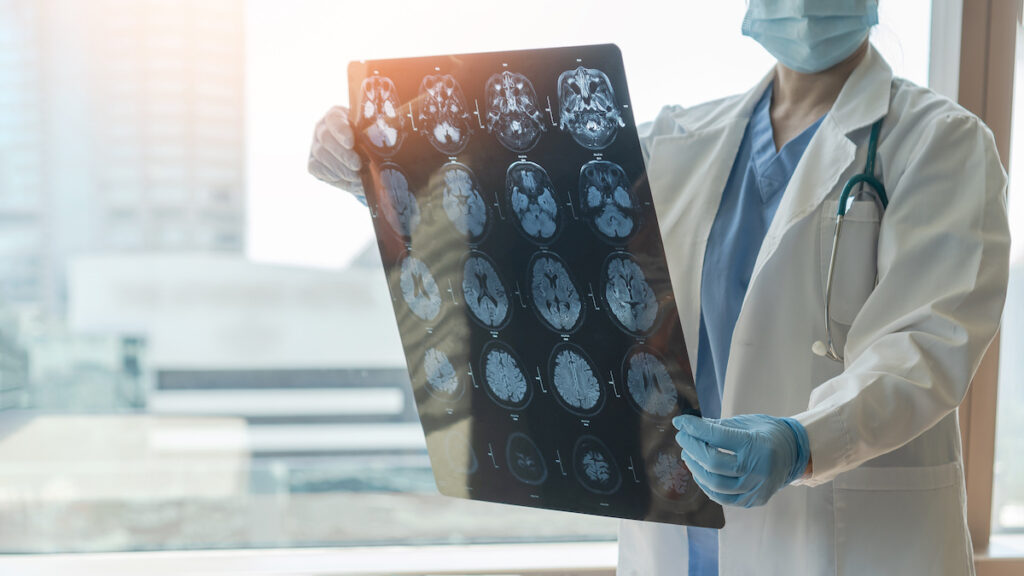Stroke is a serious medical emergency that occurs when blood flow to the brain is disrupted. It can cause long-term disability, cognitive impairment, or even death. In the United States, stroke is the fifth leading cause of death and a leading cause of disability. However, many people are unaware of the signs and symptoms of stroke and how to act quickly. In this article, we will discuss stroke awareness and how to recognize the signs of a stroke.
What is a Stroke?
A stroke occurs when blood flow to the brain is disrupted, either by a blood clot or a hemorrhage. When brain cells do not receive enough oxygen and nutrients, they can start to die within minutes. The type of stroke depends on the cause:
- Ischemic Stroke: This is the most common type of stroke, accounting for about 87% of all strokes. It occurs when a blood clot blocks a blood vessel in the brain.
- Hemorrhagic Stroke: This type of stroke occurs when a blood vessel in the brain ruptures and bleeds into the brain.
Signs of a Stroke
Stroke symptoms can vary depending on the severity and location of the stroke. The American Stroke Association uses the acronym F.A.S.T. to help people recognize the signs of a stroke and act quickly:
- Face Drooping: One side of the face droops or feels numb. Ask the person to smile to check for this symptom.
- Arm Weakness: One arm feels weak or numb. Ask the person to raise both arms to check for this symptom.
- Speech Difficulty: The person has trouble speaking or understanding speech. Ask the person to repeat a simple sentence to check for this symptom.
- Time to Call 911: If any of these symptoms are present, call 911 immediately. Time is critical in treating a stroke, and the faster treatment is received, the better the chances for recovery.
Other symptoms of a stroke may include:
- Sudden numbness or weakness in the face, arm, or leg, especially on one side of the body
- Sudden confusion or trouble understanding
- Sudden trouble seeing in one or both eyes
- Sudden trouble walking, dizziness, loss of balance or coordination
- Sudden severe headache with no known cause
What to Do If You Think Someone Is Having a Stroke
If you think someone is having a stroke, call 911 immediately. Do not wait to see if the symptoms go away, as time is critical in treating a stroke. While waiting for emergency responders to arrive, keep the person calm and comfortable. If they are conscious, have them lie down with their head and shoulders elevated. Do not give them any food, drink, or medication, as this could interfere with medical treatment.
Preventing a Stroke
While not all strokes can be prevented, there are several lifestyle changes that can reduce the risk of stroke:
- Control High Blood Pressure: High blood pressure is a leading cause of stroke. Get regular check-ups, take medication as prescribed, and make lifestyle changes to manage blood pressure.
- Quit Smoking: Smoking damages blood vessels and increases the risk of stroke. Quitting smoking can significantly reduce the risk of stroke.
- Exercise Regularly: Regular physical activity can help control weight, blood pressure, and cholesterol levels, all of which are risk factors for stroke.
- Eat a Healthy Diet: Eating a diet rich in fruits, vegetables, whole grains, and lean proteins can help reduce the risk of stroke.
- Manage Diabetes: Diabetes increases the risk of stroke. Manage blood sugar levels through medication, diet, and exercise.
In summary, stroke is a serious medical emergency that requires immediate attention. Knowing the signs and symptoms of a stroke and acting quickly can help reduce the risk of disability or death.


